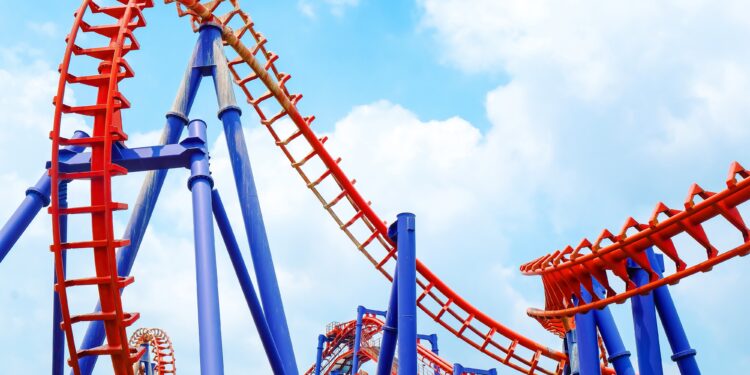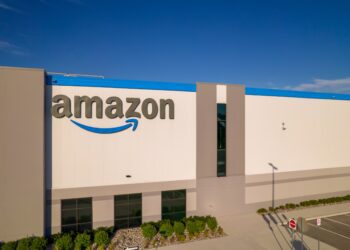It is a truth universally acknowledged: Lines are the worst part of amusement parks.
Sure, too many $8 pretzels can gut your budget, but there’s something uniquely taxing about waiting in line for a popular ride on a sticky summer day.
There might be a fix, however: artificial intelligence. New technology of all kinds is transforming the theme park experience in the United States, helping drive growth in the industry.
Among the theme parks leveraging new technology is Legoland.
“We’re using a technology called Vision AI,” Adrian Thompson, operations transformation director for Legoland’s parent company, Merlin Entertainments, told Business Insider. “We have cameras placed over our attractions that analyze the number of people physically riding those attractions at any given time. It doesn’t identify you uniquely, but it identifies the number of people riding an attraction.”
Thompson said incorporating AI into attraction line areas allows ride managers to receive data in real time, mitigating potential issues or delays.
“If they see anomalies in that data — the number of dispatches has reduced or the queue times have gone up — they can take action at that moment and make changes,” Thompson said. “Before, when it was all paper-based, we didn’t have access to all that data in real time. You might not have gotten that information until the end of the day, at which point it’s too late to impact the guest experience.”
New tech brings the Arctic to Florida
About 40 miles north of Legoland is SeaWorld, where Expedition Odyssey opened to the public last month. Expedition Odyssey is an immersive flying theater ride that transports guests to the Arctic using real footage of the icy landscapes and wildlife.
“There’s no CGI in it,” Conner Carr, the vice president of rides and engineering for SeaWorld and Busch Gardens’ parent company, United Parks & Resorts, told BI. “The standard on those ride types has always been to generate with animation or CGI effects for a ride film.”
Instead, SeaWorld sent teams equipped with custom-lensed cameras and drones on expeditions to the Arctic to capture the videos.
“For us, it’s not just a theme park experience. It’s that zoological aspect, too,” Carr said. “We don’t want to sit in an office and draw a beluga whale. We want to show them a real one.”
Although the authentic footage helps set Expedition Odyssey apart from its peers, Carr said there’s another reason he refers to it as the “most technologically advanced ride” SeaWorld has ever done.
A typical flying theater involves guests entering their seats, enjoying the show, and exiting before another group can enter. Expedition Odyssey uses a rotating main tower that allows guests to load the ride while another is already watching the footage. Once the ride is done, the tower will essentially flip, and the groups will switch places.
“This lets us keep the line moving and procedures like you would see on a coaster, but on a completely new type of ride that typically doesn’t allow that,” Carr said.












